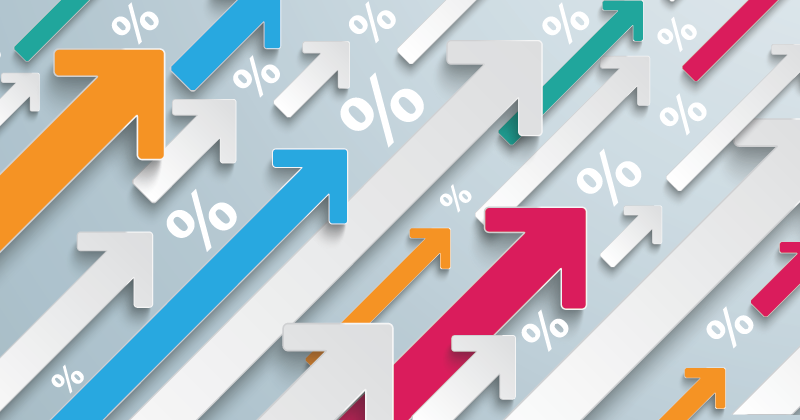The average credit card interest rate skyrocketed to 20.50 percent. The credit card interest rate is heading in a complete trajectory than the other financial products. According to Bankrate’s latest survey, the benchmark 30-year fixed mortgage rate is 3.060%. Super prime customers can access rates below 3%
The Federal Reserve cut its benchmark rate to zero back in March to facilitate cheap borrowing, but credit card borrowers do not benefit from historic low-interest rates.
Savers are another group of people who are hurting from low-interest rates. The average interest rate on a money market account is 0.11% or 11 basis points.
Why Are Credit Card Debts So Expensive?
Credit card annual percentage rate (APR) continues to surge while other debts are getting cheaper because of risk, COVID-19, and the global economy.
The global pandemic severely impacted big credit card issuers. They are facing colossal credit losses.
Millions of their customers lost jobs and had to request forbearances on credit card payments. Macroeconomic data indicate that the global economy is in a recession. The International Monetary Fund (IMF) said that a recovery might not start until 2022 or early 2023.
Credit card lending is still the best business model left in finance, but its cyclical nature keeps the best risk managers awake.
A mortgage is a secured loan where the home is the collateral; credit card debts are unsecured. With so many people out of work or furloughed, credit card issuers are taking a considerable risk by issuing credit cards. The credit card companies charge higher APR to absorb the COVID-19-added risk.
About two months ago, all major credit issuers removed credit card balance transfer options from their customer profile. A credit card balance transfer allows credit card users to transfer the outstanding debt in a credit card account to another account held at another credit card company.
Alternatives to Expensive Credit Cards
Would-be credit card borrowers need to dig into their emergency Funds first. Banks are paying close to 0% interest on savings accounts. Savers love the peace of mind that comes with having a few thousand dollars in the bank, but borrowing on credit cards is a high price to pay for that peace of mind.
Personal loans are another alternative to expensive credit card debts. Aggregated sites such as LendingTree and Sofi let customers shop for personal loans online. It’s an installment loan, and the APR can be as low as 5%
For homeowners, who still have their job, Cash-out refinancing and a home equity line of credit (HELOC) might be better alternatives to expensive credit card debts.
Cash-out refinancing and HELOC come with hefty upfront costs, making the products more expensive in the long run.







